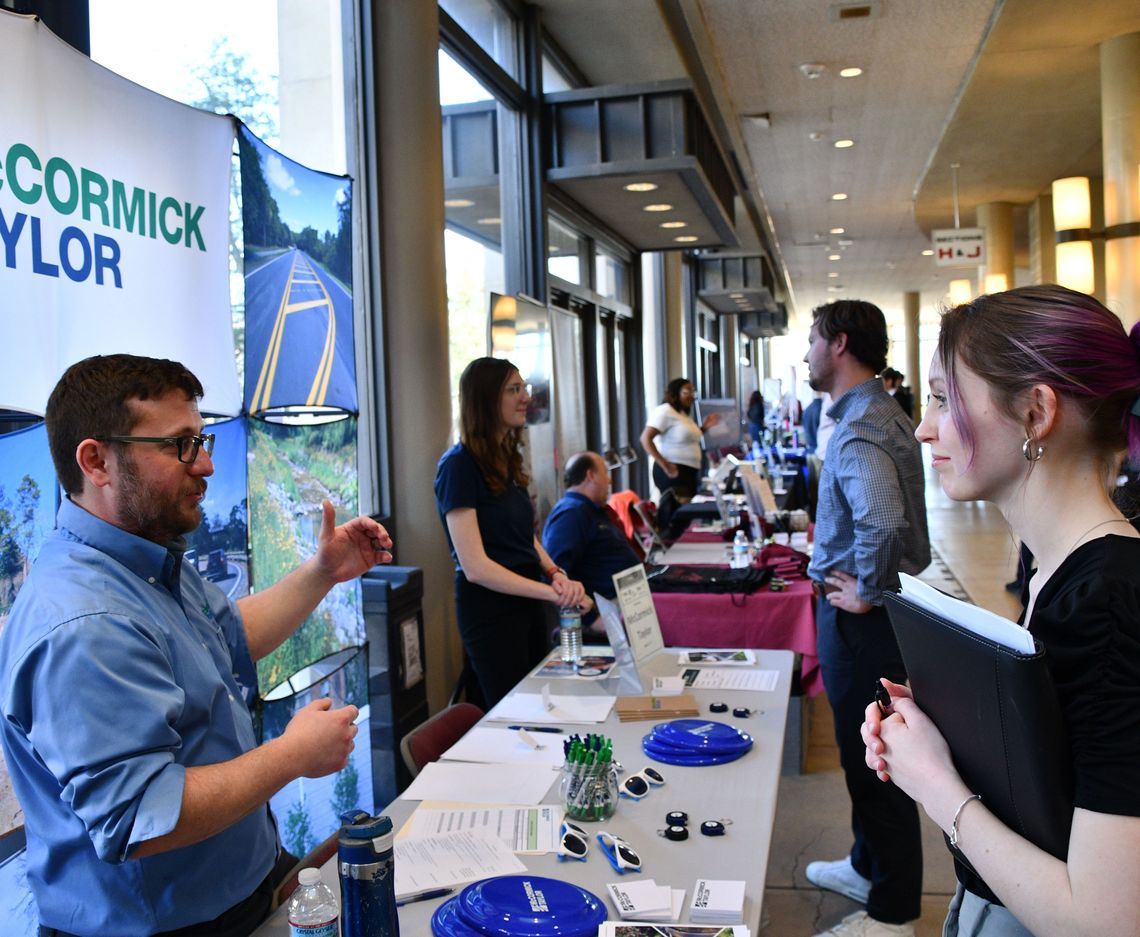
RESILIENCY, PART 3 - BENEFITS & GOALS FOR THE FUTURE
Each year, communities are increasingly facing challenges presented by climate change. Rising sea levels and an increased intensity, and frequency of weather events is impacting the surrounding infrastructure and ecosystem in various ways. States and local governments are working to adapt, modify and mitigate to make their communities more resilient.
To explore the topic of resiliency further, we’ve interviewed McCormick Taylor’s Director of Environmental Services and Certified Climate Change Professional, Scott Lowe; and Director of Water Resources, Chris Brooks, PE. We will share their perspective in a three-part series of blog posts covering the challenges communities face, opportunities for resiliency, and benefits and goals for the future. The last of our series focuses on Resiliency Benefits & Goals for the Future.
How is resiliency achieved?
Scott: A challenge of resiliency is that it requires looking toward an unknown future and predicting risks before they happen. Reactive responses after storms occur is commonly how projects are prioritized; however, some damage cannot be undone and some things we wish to preserve are unsustainable. Setting plans that realistically balance protecting existing infrastructure and removing endangered elements of the built environment needs to be determined. To protect the critical infrastructure, we identify the vulnerabilities and exposures of the assets and develop solutions with creative problem solving and sustainable materials.
Chris: As climate and the planet are dynamic in nature, there is never truly an endgame for resiliency as a concept. Our current focus needs to be on first agreeing to what is necessary for infrastructure to “catch up” with current and near-term climate-based impacts, and then develop long range plans to achieve that. The goal is a society that can roll with extreme weather and sea level rise with relatively minimal disruption thanks to the improvements we hope to achieve in the coming decades, and ideally to address the underlying anthropologic causes of climate change.




How have you seen communities benefit from resiliency efforts?
Scott: Facing tomorrow’s problems can bring communities together, unfortunately that often happens after tragedies. I live in Ellicott City, Maryland where two large floods severely damaged the town and sadly three people lost their lives. In the wake of the devastation, awareness of flood risks and the desire to protect our community brought together residents, businesses, and government agencies to develop the Ellicott City Safe and Sound Plan. Ideally, other communities can develop these plans before damaging events occur.
Chris: Ellicott City is a good example of how the development of a comprehensive warning and mitigation plan to make the historic downtown district flood resilient has encouraged businesses and the community to continue to make investments in that area. This has occurred in the form of new and returning businesses despite the impacts of two devastating floods in 3 years. The design and construction of the projects associated with the EC Safe and Sound plan, which we feel privileged to have been a part of developing, will significantly lower the risks for that community in the coming years once completed, and that’s a reason to be optimistic for their future as a vibrant community.
What are the benefits resiliency offers communities and state and local governments?
Chris: The benefits start with the economics of resiliency. Avoiding costly repairs and replacements of key infrastructure components after major storm events, by making that infrastructure resilient to such impacts, represents a sound up-front investment. When governments spend a little more to ensure capital projects incorporate resiliency, that cost is recouped on the back end. It also leads to lower insurance rates, a more desirable location for commerce to establish itself, and all the revenue and tax-related benefits that can come with this. When done properly, benefits to the natural ecosystem and the environment are also incorporated, leading to long-term water quality improvements. This is a notable piece of the overall ‘quality of life’ metric that communities strive to achieve, which benefits everyone involved.
Scott: Peace of mind, sustainable solutions, and a clear vision for the future can be outcomes of resiliency plans. When we work together and take strategic action, we can take care of each other and plan to help future generations.
Read more of our Resiliency series here:
Resiliency Part 1 - Challenges Communities Face
Resiliency Part 2 - Opportunities for Resiliency
Want to know more about our Resiliency services, contact Director of Environmental Services and Certified Climate Change Professional, Scott Lowe; and Director of Water Resources, Chris Brooks, PE.



